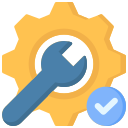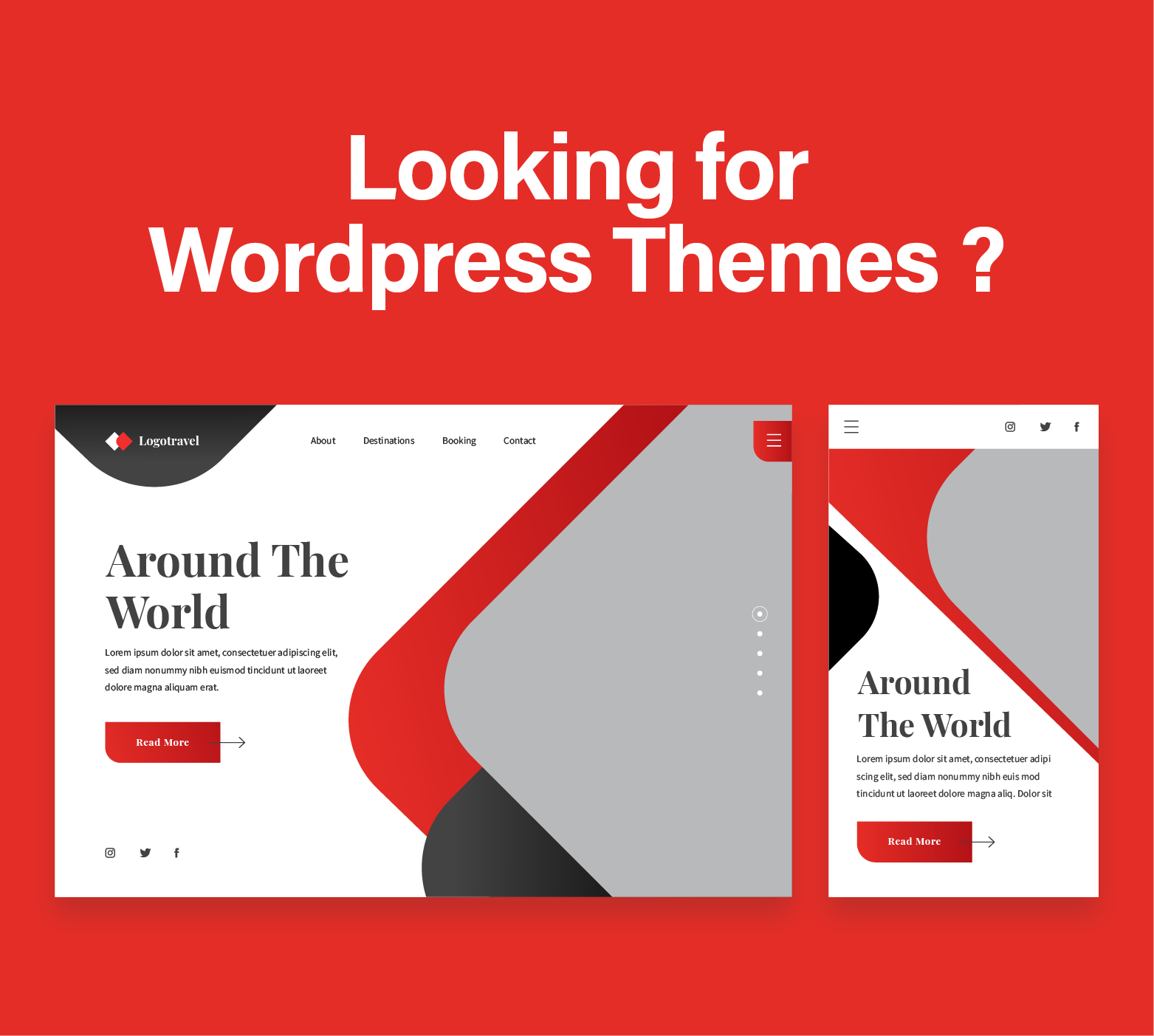This article will tackle the difference between Headless CMS and WordPress. By understanding the key differences between a Headless CMS and WordPress, businesses can make more informed decisions about which platform to use for their website or content strategy.
Introduction
Choosing the right content management system (CMS) for your business is crucial. With the rise of new technologies, you are no longer limited to traditional CMS platforms like WordPress. A newer, more flexible option has emerged in the form of a Headless CMS. While WordPress is widely known and used across the globe, headless CMS platforms are gaining traction due to their ability to decouple the back-end content management from the front-end presentation layer.
Do you need to build a website quickly ? Why not check our web design packages for affordable pricing and super quality work. Get in touch with us today and lets have a call.
What is WordPress?
WordPress is a traditional CMS that provides both a back-end content management system and a front-end presentation layer. It powers over 40% of websites globally, making it one of the most popular CMS platforms in the world. Users can manage their content using a user-friendly dashboard, while the system handles the front-end rendering of the website.
Key advantages of WordPress include its extensive plugin library, ease of use, and a large community of developers. WordPress is highly customizable and allows for quick deployment of websites with minimal technical knowledge. Themes and plugins offer nearly unlimited ways to extend the functionality of a WordPress site.
What is a Headless CMS?
A Headless CMS is a backend-only CMS that separates content creation from the front-end design. In simpler terms, it manages content and delivers it via an API, leaving the developer free to build the front-end however they like. A few popular headless CMS options include Strapi, Contentful, and Sanity.
This separation allows for more flexibility and control over how content is delivered across various platforms like websites, mobile apps, or even IoT devices. Instead of being limited by the themes and templates of a traditional CMS, developers have the freedom to design custom front-ends using technologies such as React, Vue.js, or Angular.
Key Differences Between Headless CMS and WordPress
- Architecture: WordPress is a monolithic CMS, meaning it includes both the front-end and back-end. A headless CMS, on the other hand, is decoupled, providing only the back-end and delivering content through APIs.
- Flexibility: A headless CMS offers more flexibility when it comes to front-end development since developers can choose their own frameworks. WordPress, while customizable, is limited by its integrated front-end layer.
- Scalability: Headless CMS platforms tend to scale better, especially for large, complex applications. WordPress can struggle with scalability in very large applications without significant customization and optimization.
- Speed: By separating the content management from the presentation, a headless CMS can offer faster performance for dynamic sites. WordPress may experience slower load times due to its reliance on themes and plugins.
- Omnichannel Support: A headless CMS is designed to deliver content across multiple platforms and devices. In contrast, WordPress is mainly focused on websites, though it does support mobile optimization and some omnichannel capabilities through plugins.
Advantages of WordPress
Ease of Use: WordPress is known for being user-friendly. Its intuitive dashboard allows non-technical users to create, manage, and publish content without needing a developer.
Large Plugin and Theme Ecosystem: With thousands of themes and plugins available, WordPress allows businesses to extend functionality quickly and easily.
SEO-Friendly: WordPress has built-in SEO features and is compatible with a wide range of SEO plugins, making it easier to optimize content for search engines.
Community Support: With a large user base and active development community, there are countless tutorials, forums, and support options available for WordPress users.
Advantages of Headless CMS
Flexibility and Freedom: Since a headless CMS doesn’t dictate the front-end, developers can use any front-end technology they prefer, offering full control over the user experience.
Omnichannel Content Delivery: A headless CMS is designed to deliver content to multiple platforms, including websites, mobile apps, smart devices, and more. This makes it ideal for businesses with complex digital needs.
Better Performance: With fewer dependencies between the back-end and front-end, headless CMS platforms tend to deliver faster page loads and better overall performance.
Scalability: Headless CMS systems are typically more scalable, as they allow content to be deployed and managed across numerous devices and platforms without relying on a single front-end.
Disadvantages of WordPress
Limited Front-End Flexibility: Although WordPress is highly customizable, it is still limited by its front-end layer, making it less flexible for developers who need more control.
Performance Issues: As WordPress websites grow in size, they can become slow without extensive optimization, especially if many plugins are used.
Security Risks: WordPress is a popular target for hackers due to its large user base, and improperly managed sites can be vulnerable to security breaches if not regularly updated.
Disadvantages of Headless CMS
Developer Dependency: A headless CMS requires a team of developers to build and maintain the front-end, making it less accessible to non-technical users.
No Pre-Built Themes: Unlike WordPress, a headless CMS does not come with pre-built themes or templates, so everything must be built from scratch.
Learning Curve: For teams unfamiliar with headless CMS architecture, there can be a steeper learning curve compared to traditional platforms like WordPress.
When to Choose WordPress
WordPress is a great choice if you need to quickly launch a website, especially if you don’t have access to a development team. It’s perfect for smaller websites, blogs, and businesses that don’t require complex functionality. Additionally, if you are looking for an SEO-friendly platform with a wide range of plugins and themes, WordPress is a solid option.
When to Choose a Headless CMS
A headless CMS is ideal for businesses that require a highly customized front-end, especially if they want to deliver content across multiple platforms and devices. Large enterprises, eCommerce platforms, and businesses with advanced digital requirements will benefit from the scalability and flexibility that a headless CMS offers.
Conclusion
Both WordPress and headless CMS platforms have their advantages and disadvantages. WordPress remains a go-to choice for small to medium-sized businesses looking for an easy-to-use, all-in-one solution. However, if your project requires a highly flexible, scalable, and omnichannel approach, a headless CMS might be the better fit.
In the end, no matter what, the choice between WordPress and a headless CMS depends on your project’s unique needs, resources, and long-term goals.
Other comparisons:








